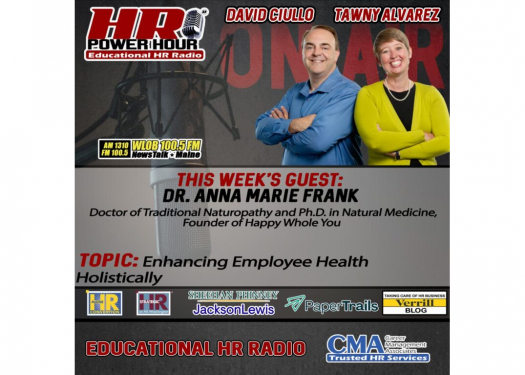Twist and Shout, or A Small Victory in the Fight Against Creeping Non-Occupational Injury Coverage In Maine Workers’ Compensation
In a decision issued on February 17, 2017 (Fuller v. Hannaford Brothers Company, App. Div. 7-17), the Maine Workers' Compensation Board Appellate Division revisited the two-pronged "arising out of" and "in the course of" standard necessary for an injury to be work-related. As many readers know, an injury must both "arise out of" and "in the course of" employment for the injury to fall within workers' compensation coverage. Generally speaking, "arising out of" means that the injury must have its genesis in some duty, motion or activity required of the employee in the normal course of her work. "In the course of" means that the employee must have been at a work or work-related location, performing work or otherwise advancing work interests. The idea behind the two-pronged requirement is to separate those injuries that the employee may suffer in normal life, but for the fact that the employee just happened to be at work, from those injuries that truly have a cause related to some aspect of the work. In this manner, workers' compensation coverage is limited to injuries that are tied to the work, rather than becoming a supplemental form of health insurance. Anecdotally, Maine, with its aging and deconditioned workforce, has seen an increase in claims that appear to be non-occupational, pre-existing albeit occasionally quiescent conditions brought under the umbrella of work-related injuries due to minor work activity or claimed work events. Examples include overuse claims when the work performed by the employee is highly mechanized and non-repetitive, or degenerative joint claims when the body habitus of the employee coupled with the employee's age and work history suggest that there is no link to work.
Ms. Norma Fuller had worked for Hannaford for twenty-three years at the time of the alleged injury, primarily as a cashier. On May 24, 2010, Ms. Fuller was working as a cashier, tallying the purchases of a customer. At the conclusion of the purchasing transaction, Ms. Fuller offered the receipt to the customer, who declined the receipt. Ms. Fuller then turned to her right and reached out to place the receipt into a trashcan. It was at that point that the alleged injury occurred, when Ms. Fuller testified that she felt a "pop" and pain in her low back. The Administrative Law Judge determined that the activity provoking the alleged injury was not sufficient to bring the injury under the coverage of workers' compensation. In doing so, he noted that it involved only a single slip of paper, didn't involve any urgency in disposing of the paper, didn't involve repeated twisting, bending or awkward positioning and the movement wasn't out of the ordinary in normal, everyday life. As a result, the Administrative Law Judge found that Ms. Fuller had failed to demonstrate that the injury arose out of her employment. In essence, Ms. Fuller had not shown any increased level of risk because of the conditions of her employment, and so, her claim failed.
On appeal, Ms. Fuller argued that the Judge had applied the wrong legal standard, citing to other cases where the Judge found reaching, twisting or bending activities to result in work-related injuries. The Appellate Division distinguished an earlier Appellate Division decision addressing similar facts, Bowker v. NFI North, Inc., Me. W.C.B. No. 16-10, in which an injury was found to have occurred when an employee felt back pain after lifting and twisting with an eight to ten pound box. The Appellate Division felt that the work activity in the Bowker case occurred because of "required, employment-related activity that not only increased (his) risk of disability, but increased (his) actual disability". As a result, and based upon the standard of appellate review, the Administrative Law Judge's determination that there was no work injury in Fuller was upheld.
There are two obvious take-aways from this decision. First, the standard of review in a workers' compensation case such as Fuller requires only that the Judge have reached a rational decision, not necessarily the right decision. This cuts both ways, and should be in the forefront when determining strategy on a contested case. Second, Maine has not adopted the "enhanced risk" doctrine formally, unlike other jurisdictions, but there are now a number of cases suggesting that decision-makers are applying the doctrine to "arising out of" cases. A prudent employer should conduct a safety and ergonomic audit at least once per year and make any necessary adjustments, both to ensure a safe workforce and to prepare a defense to the creeping of non-occupational conditions into the workplace.
The attorneys in Verrill Dana's Labor and Employment Group are more than happy to assist employers as they navigate the laws implicated in managing a workplace. Contact any of them for more information or to seek assistance with your employment conundrums.



















